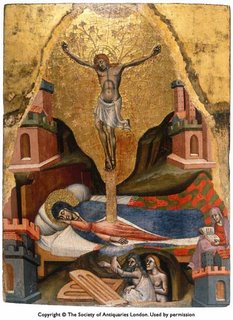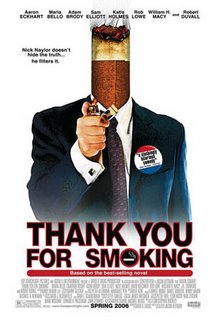
This is Mr Paul McKenna. You may know him from such classic books as Easy Weight Loss and Quit Smoking Now. He is currently engaged in a libel action with the Daily Mirror over claims that he is a fraud. In a series of articles by Mr Victor Lewis-Smith, it was claimed that Mr McKenna bought a PhD from the venerable Lasalle University in the US of A (it's in Louisiana, in case you're passing, or flying over it). You might think that it's a cut and dried affair. Either he has a PhD or he doesn't. Lasalle University's founder actually made up the accreditation body for the awarding of its degrees. Em. Yes. You heard correctly. He set up the Council for post-secondary Christian Education (and nobody thought that sounded dodgy...), and had his university award degrees accredited by it. Mr McKenna claims that he was simply one of the many 'unsuspecting' students duped by this Mr Kirk. Except that it means his PhD has not been accredited. But Mr McKenna claims that the essense of his defamation has been that he bought his degree. As Mr Lewis-Smith wrote: "I discovered that anybody could be fully doctored by Lasalle within months (no previous qualifications needed), just so long as they could answer the following question correctly: 'Do you have $2,615, sir?'
In his evidence today, Mr McKenna insisted that he submitted a thesis of 50,000 words, and had spent over 500 hours of work on it. He has earned this degree.
Now that got me thinking. Let's say that he worked 6 hours per day, a rather low estimate I admit for one to be engaged in the type of research adequate to the level of the degree of PhD. Let's call it the benefit of the doubt. Let's say that he did not work weekends. In fact, let's say that he worked a four-day-week on his research, another low estimate for one to work on one's research I admit. But let's call it the benefit of the doubt.
That means that he finished his PhD in 20 weeks. This is clearly a man who values his timely rather highly.
In his evidence today, Mr McKenna insisted that he submitted a thesis of 50,000 words, and had spent over 500 hours of work on it. He has earned this degree.
Now that got me thinking. Let's say that he worked 6 hours per day, a rather low estimate I admit for one to be engaged in the type of research adequate to the level of the degree of PhD. Let's call it the benefit of the doubt. Let's say that he did not work weekends. In fact, let's say that he worked a four-day-week on his research, another low estimate for one to work on one's research I admit. But let's call it the benefit of the doubt.
That means that he finished his PhD in 20 weeks. This is clearly a man who values his timely rather highly.

